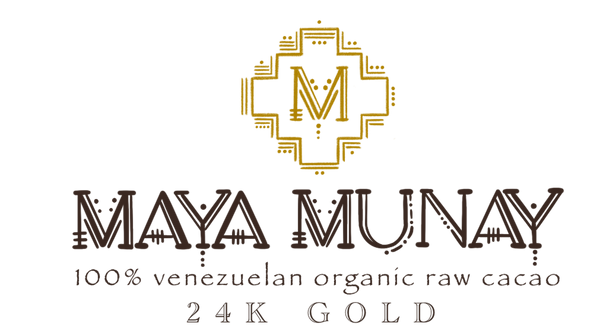
Part 9: The Art of making chocolate
Share
After landing in Caracas, we drive into the city.
By now, we've come to understand the public transportation system, as much as it's worth understanding. You actually need a ticket for the metro. However, these aren't available for tourists, so the friendly people at the entrance occasionally grant us free entry with a "special" sign. The buses cost about 25 cents.
When you change, you pay again, and when you leave the city center, it's $1. Okay.
The guys who collect the money at the bus doors shout out the names of the stations and always answer questions quickly and helpfully.
We even made it to the hardware store, right through the middle of town, to buy rubber boots for the residents of Macuro.
On the day of our return to Caracas, another highlight awaits us.
Master chocolatier Raul is ready to give us a little chocolate course.
He patiently shares his knowledge about the cocoa varieties, his love for this fruit, the growing regions, fermentation, and much more. The beans are in front of us, and we begin roasting. Depending on the cocoa variety, he knows exactly how long the roasting process takes. 
He also tells us how long the machine should grind the cocoa, as well as the different stirring times, sugar amounts, etc.
The chocolate was stirred for 24 hours until it reached its smoothest, most delicate consistency. This allows more air and lightness to enter the chocolate.
The results are impressive. 
Curiously, he not only tests our beans from Macuro, but also the chocolate Marleen and Lucas make from them. We receive helpful tips, stock up on absolutely fantastic chocolate in the accompanying shop, and head off to Lucas and Marleen's. 
Thank you, thank you, thank you @ Raul .
You can find a video with insights into our course with Raul here .
